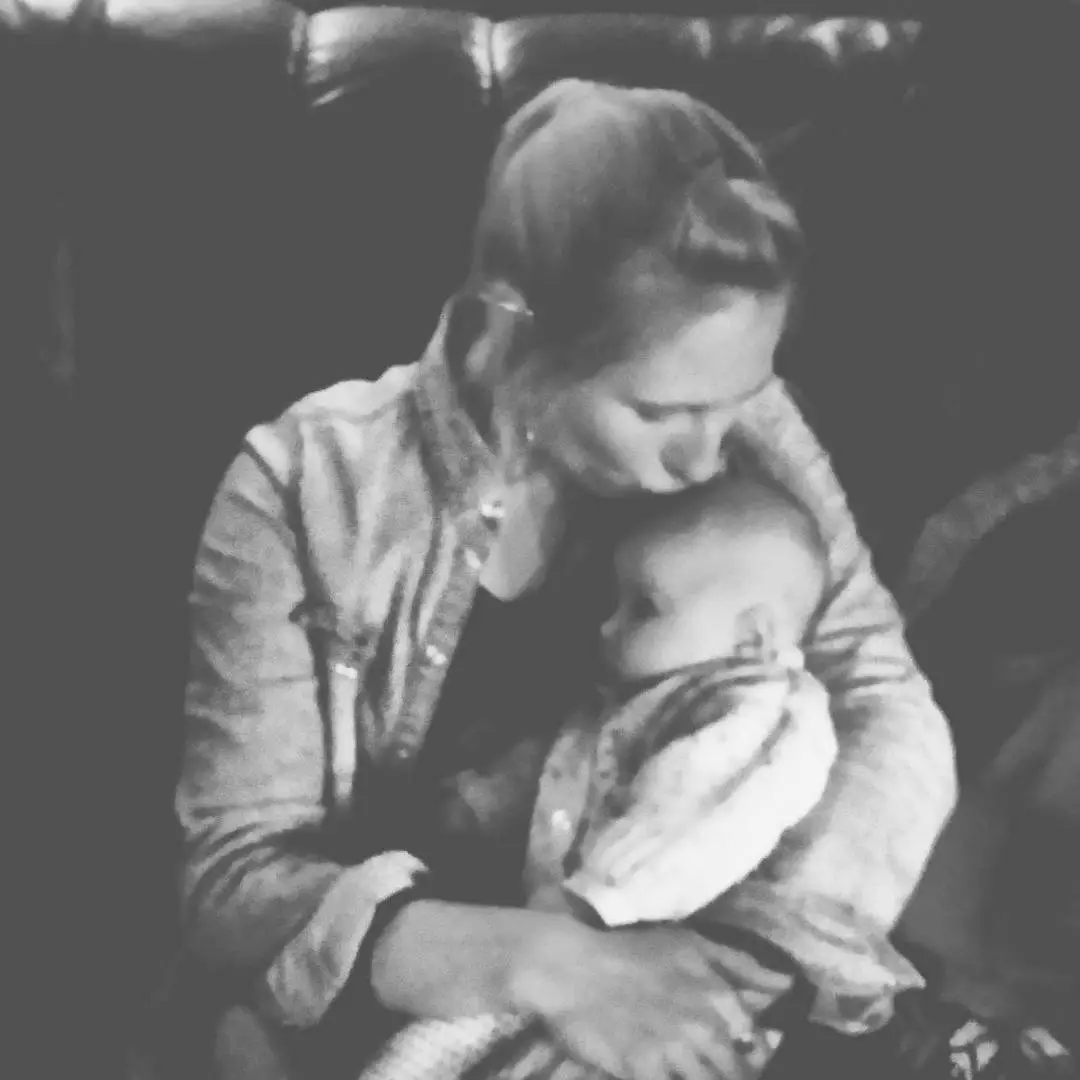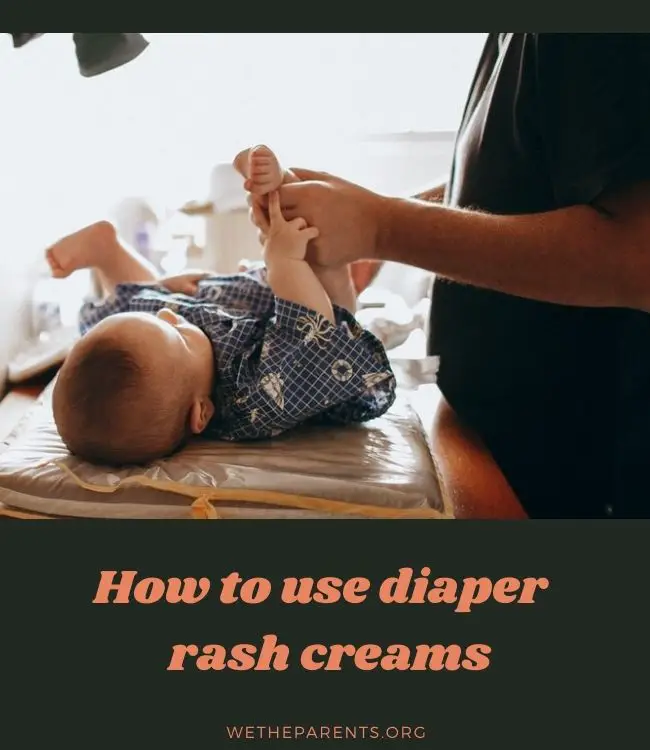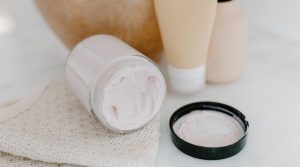Just about every parent who’s raised a child has experienced the fussiness and telltale red blotches that accompany diaper rash.
While nappies keep waste contained as intended, they also trap it against a baby’s skin until a change, creating an environment where bacteria can thrive.
To avoid irritations such as diaper rash, creams are often used to create a skin-protecting barrier against moisture.
Knowing which are the best, and how to apply them, takes the struggle out of the experience, so let’s read on.
Why do I need diaper rash cream?
There are two reasons parents may need diaper cream.
The first is to prevent diaper rash. When properly applied, diaper cream forms a protective layer on your baby’s skin which locks out moisture, waste, possible chemicals found in nappies, and irritation from acidic food.
Thicker rash treatments like pastes, ointment, or petroleum jelly are better at creating this moisture barrier.
Secondly, diaper cream can also be used to treat an active outbreak of diaper rash. It’s best to choose a formula that’s intended to relieve irritation, hydrate the skin, and create a barrier against moisture and other irritants.
If your baby has a diaper rash that’s yeast-based, a cream for yeast rashes is needed.
If your baby’s sensitive skin is already experiencing a rash, opt for a lighter cream that spreads easily and is more absorbent.
What kind of diaper creams can I choose from?
As with all baby products, not all diaper creams are the same. Being familiar with the options can help with choosing the cream that’s best for your baby’s needs.
- Cream: The lightest of the three options, creams are water-based. These are highly absorbent, soak into the skin quickly and may leave less of a barrier against moisture than pastes or ointments. They’re easy to apply, and ideal for use on an existing diaper rash.
- Paste: Diaper pastes have a thicker consistency than creams but are still thinner than ointments. They create a barrier on the skin, keeping moisture and irritants away from baby’s bottom, while some have ingredients that can soothe existing diaper rash. Pastes can often contain zinc oxide which cloth diaper users may wish to avoid. This may lead to it accumulating in fabric over time, causing diapers to repel moisture instead of absorbing it. If this happens, cloth diapers must be stripped.
- Ointment: The thickest of the three options, ointments can be quite thick and greasy, and application may take practice. They’re the most effective at creating a lasting barrier on the skin of your baby’s bottom as they’re non-absorbent.
Are there safety issues to consider?
Diaper cream is, generally, a fairly safe product. While there are some potential allergens that parents of sensitive babies should be aware of, there should be no safety issues if product guidelines are followed.
Here are some tips for safely using diaper cream:
Skip the powder: While baby powder has long been used to keep bottoms dry and prevent diaper rashes, the product is recommended less today, and shouldn’t be used on top of diaper cream.
Not only can babies breathe in airborne particles, which can be harmful to their lungs, but cornstarch-based powders can feed yeast rashes, rather than abating them.
If you’re not ready to give up that beloved squeeze bottle, consider making a paste with petroleum jelly (or your favorite diaper cream) and keeping it in a sealed jar.
Wash your hands: Wash your hands and wrists thoroughly in hot, soapy water after you apply the cream to your baby’s bottom. Even if everything looks clean in the diaper area, bacteria are still present on the child’s skin and wet wipes are NOT sufficient for eliminating it. Think of it as though you’d used the restroom yourself — that handwash is essential.
Apply gently and precisely: As we’ve noted, while it’s safe for diaper cream to be applied to the penis, scrotum, and outer vaginal area, it must never be applied inside the vagina. If your baby boy is uncircumcised, never force back the foreskin in order to apply cream, which can damage the skin and create further irritation.
Check for allergens: While for some, this is a non-issue, if your baby does suffer from allergies, be on the lookout for common culprits such as beeswax, coconut oil, lanolin, mineral oil, and sunflower oil.
Where should diaper cream be applied?
During your baby’s diaper change, the cream is generally applied to the cheeks of the baby’s bottom where the diaper touches.
Some babies may need cream applied inside the cheeks and in the perianal area if diaper rash continually occurs.
Though some parents may attempt to apply diaper creams to treat chafing in thigh creases, or around diaper leg openings, this can leave lasting stains on clothes and is not recommended — well-fitting diapers and clothes are recommended to avoid chafing.
In some cases, diaper rash may spread to a baby’s genital area. In this case, it is safe to use diaper creams on your baby boy’s penis and/or scrotum and, likewise, on your baby girl’s external vaginal area.
It is NOT recommended to apply diaper cream inside the vagina. Occurrences of diaper rash in these areas are less common and should resolve completely with the proper use of the cream.
Do I need to use diaper cream every time I change baby?
The degree of your baby’s skin sensitivity should inform you how often to use diaper cream.
While some parents prefer to use the cream at every diaper change as a preventative, others find that it’s only necessary if a rash appears.
Here are some instances when parents should consider applying diaper cream:
- If baby already has diaper rash, or looks like they may be developing one (red, irritated skin is a key sign)
- During the newborn days, when loose meconium stools can trigger diaper rash
- Any time your baby has diarrhea, as loose stools are more likely to cause irritation
- If baby has a cold, has been prescribed antibiotics, or is currently teething — all potential triggers of loose stools
- During the night, especially once baby learns to sleep throughout the night, as this is generally the longest time they’ll spend in their diaper
- For babies with very sensitive skin and chronic rash issues, using cream at every diaper change is recommended
Tips for using diaper cream effectively
- Let baby’s skin air-dry before applying cream: Moisture is a key culprit in diaper rashes, and simply leaving baby’s diaper area to dry for a few minutes before applying cream can go a long way toward preventing future rashes. If they already have a rash, extra time to air out is recommended. If you’re afraid they might make a mess, grab an old, ratty towel from the linen closet and lay it out as a temporary “play mat”.
- Choose the appropriate product for their skin while keeping in mind that each baby is different. Some can make do with the occasional cream to treat rashes whenever they pop up, while others need ongoing applications of ointment to prevent chronic diaper rash.
- Change diapers regularly. There is perhaps no better ally to the efficacy of diaper cream than changing a dirty diaper as soon as it’s discovered. This keeps moisture away from the skin, making it less likely for rashes to form.
Using diaper cream: six simple steps
- Take off that dirty nappy: If they’re wearing disposables, bundle it up and toss it in the diaper genie. If they’re in cloth diapers, hose it off and into the pail it goes. Clean their skin with a disposable or reusable wipe.
- Have a clean diaper ready to go: Take a clean diaper and place it under your little one’s bottom.
Warm a little cream no larger than a dime into the palm of your hand. - Time to apply: Use clean hands to apply diaper cream to baby’s buttocks. If needed, diaper cream may also be applied inside the cheeks, in the perianal area, on the scrotum, penis, or external vaginal area. Never apply diaper cream inside the vagina or force the foreskin to retract in order to apply cream.
- Time to clean up: Remove excess cream from your fingers with a cloth or wet wipe.
- Clean nappy time: Fasten baby’s clean diaper, making sure that it’s secure without being too snug.
- Nerf those germs: Head right to the sink and thoroughly wash your hands and wrists in hot, soapy water.
Wrapping up
Babies’ sensitive skin can be very reactive, but diaper cream can work wonders in preventing rashes when used properly and in conjunction with frequent diaper changes.
Observe your child’s level of skin sensitivity to determine how often to apply diaper cream, and whether a cream, paste, or ointment should be used.
Following important rules, like hand-washing and precise application, will help keep both you and your baby healthy.
Being aware of the situations that can lead to a surprise crop of diaper rash — think an overnight soiled diaper or a period of long travel — will help you better anticipate when cream is necessary.





